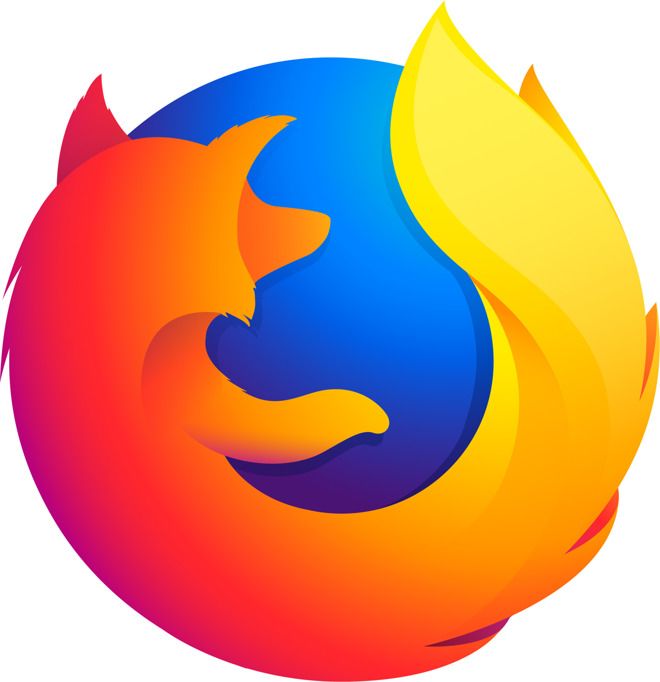Initially, Mozilla rejected WebP for not requiring sufficient improvements compared to the widespread JPEG and PNG image formats. The WebP was seriously evaluated, but an attempt was made to take more advantage of JPEG. But now Mozilla, like Microsoft with its Edge browser earlier this week, has changed its mind. Mozilla Firefox also integrates the WebP image format.
WebP, the advanced image format developed by Google that enables lossless compression to create lighter, higher quality images for faster web browsing, is now supported by Edge, the Microsoft browser.
┳┻|
┻┳|
┳┻|
┻┳|
┳┻|
┻┳|
┳┻|
┻┳|
┳┻|
┻┳|
┳┻|
┻┳|
┳┻|
┻┳|
┳┻|
┻┳|
┳┻| _
┻┳| •.•) WebP is supported in Edge
┳┻|⊂ノ
┻┳|— Patrick Kettner (@patrickkettner) October 3, 2018
Mountain View introduced this format in September 2010 and subsequently confirmed its support for the Chrome browser. But despite the technology company’s efforts, WebP really doesn’t achieve consensus and still suffers from limited support. In fact, popular web browsers like Safari or Firefox still don’t support this technology eight years after its introduction, while Google says it would be the ideal replacement for more traditional formats like PNG that don’t compromise image quality.
In this context, Microsoft, through the voice of Patrick Kettner, Edge product manager, has confirmed the support of the WebP image format by its Edge browser. The support which was expected in June last year has been effective since the Redmond company introduced the new version of its Windows 10 operating system, Windows 10 October 2018.
However, it should not be forgotten that Edge’s popularity is not yet comparable to that of web browsers such as Chrome, Firefox or Safari, which are still not compatible with Google’s alternative image format to JPEG and PNG.
By the way, Mozilla and Google are working on the AVIF format, a possible alternative to JPEG, while Apple chooses another image format called HEIF.
